A Little Overboard on the Salvias
A couple weekends ago, we made the regular trip up to Annie's for plants, and this time I was in search of salvias (and a replacement for my Asclepias speciosa that died in the heat wave). I ended up buying six, and the friends we met there gave me another one from some home propagation. I did learn my lesson from the dead plants and put these guys in the ground immediately, and they seem to be doing well. On the other hand, I think I may be all salvia-ed out. I had a hard time figuring out where I was going to put them all.
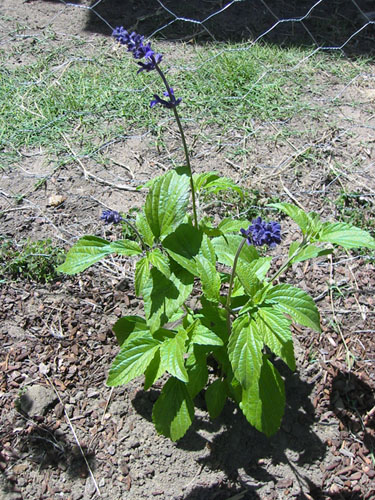
All the cool kids have Salvia 'Indigo Spires,' so I wanted it, too. Seriously, the butterflies like it, and bees adore it. The hummingbird even checked it out the other day. This plant was in a 4-inch pot, like everything from Annie's, and was just exactly the right size to be transplanted. It grows pretty big when mature: five or six feet around.
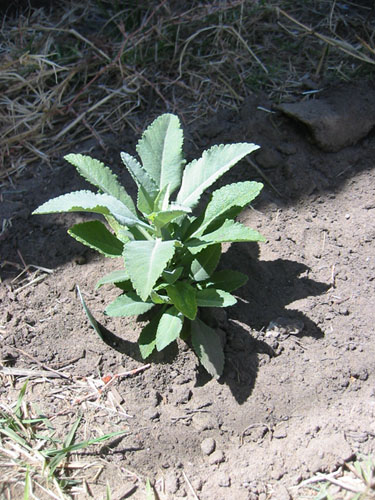
Another neat plant I picked up was S. apiana, or "White Sage": the foliage is very pale. This is also a plant that gets to be five or six feet around. My previous experience with it was in a garden that was clearly pruned more often than that, so it was a tidy three-foot globe. Bees are very fond of it, and this is one of the canonical "religious" sages, so it is a popular plant.
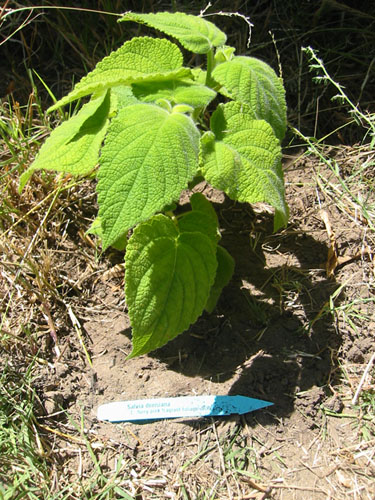
I'm experimenting with coloured foliage, too, so S. dorisiana seemed like a good bet. This is also called "Fruit-scented Sage," and it does smell fruity in a generic fruit kind of way. It has big bright pink flowers, and the foliage, as you can see, is a lighter green. This is another salvia that gets big, and I've planted it and the other salvias along the West fence where I'm hoping they can help root-compete with the mint encroaching from the neighbor's yard and keep it out of my garden.
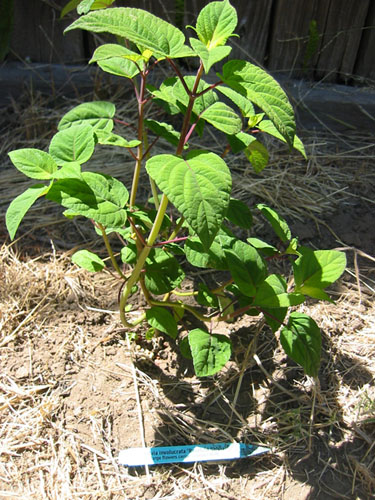
S. involucrata, aka "Rosebud Salvia," is another big salvia with bright pink flowers. Light foliage, too, with dark stems that you can see here. Yes, it is practically identical to S. dorisiana. This is why I need better planning before going plant shopping.
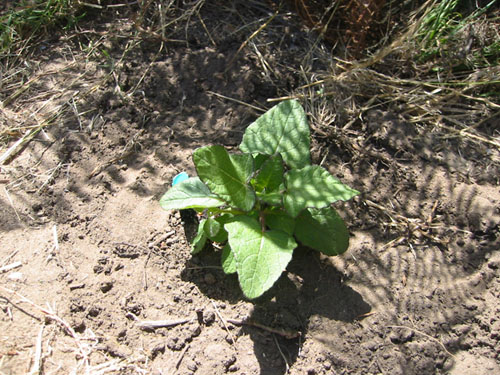
I'm not just a sucker for pink, though. S. patens blooms a bright royal blue. Absolutely amazing when you see it in bloom: it almost looks fake, it is so bright. It's also a smaller plant: only about 30 inches tall, and mostly closer to 24 with a few tall spires sticking up. Popular with the hummingbirds.
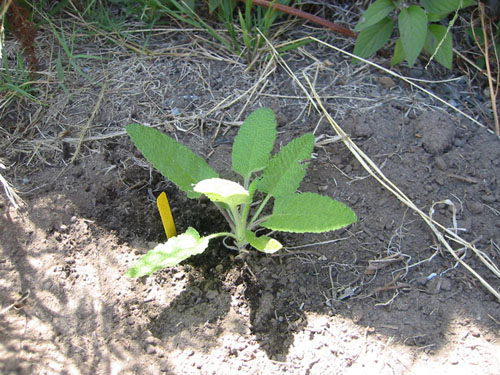
S. spathacea was a gift from our friends. It's also called "Hummingbird Sage," and for good reason -- hummingbirds love it. We saw a planting at a botanical garden that had six or seven of them working it, which is pretty amazing given that it was right by the path and easily half of them were males. It's another bright pink flower (well, I did admit it was a problem) but a low-growing plant rather than a five-foot monster. I like how this one, like S. clevelandii, blooms in discrete florets around the stalk.
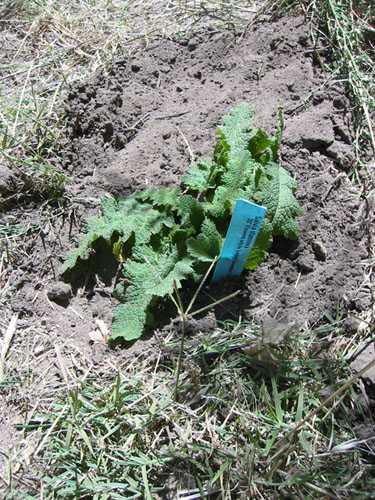
S. staminea is a white-flowered salvia. I'm trying to be better about buying white flowers for the garden. This is one attempt at that. Another short salvia, clocking in at around 30 inches.
Lest you think I'm some kind of salvia expert, I should note that most of this information came not from my head but from checking out reference books, particularly A Book of Salvias, by Betty Clebsh. I cannot recommend your public library and the Interlibrary Loan program enough when you are looking for information on which varieties to plant. I would not consider buying a book on just salvias, but getting it from the library? Totally reasonable.
The rest of this week is going to be a bit dry because everything had to happen at once and house and garden have fallen by the wayside, but I wanted to put this post up today in honour of Noel's grandmother Helen, who was a legendary gardener. We miss you, Helen.
Technorati Tags: plants, salvias
posted by ayse on 08/08/06